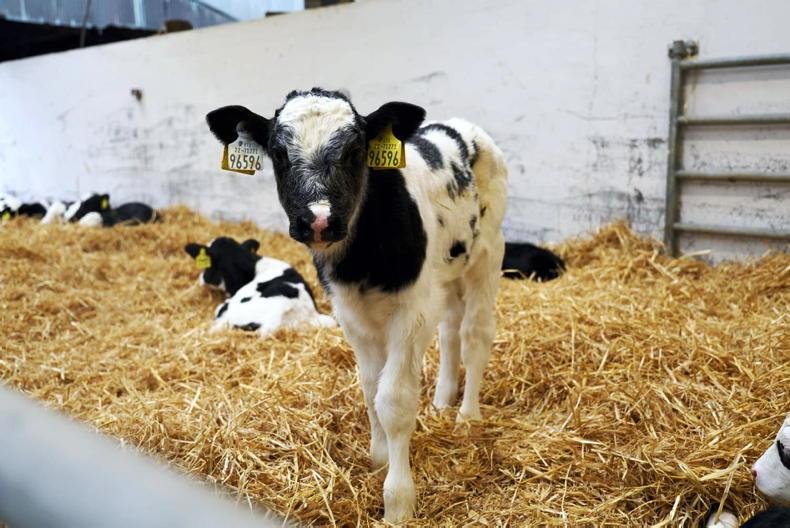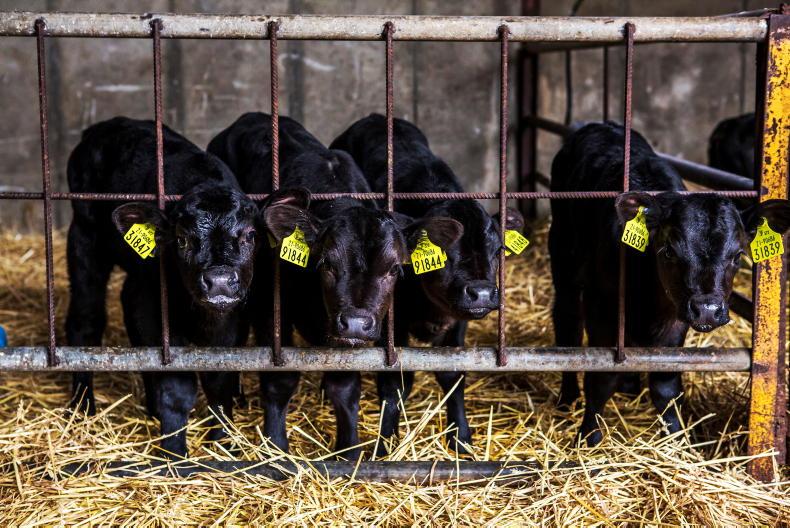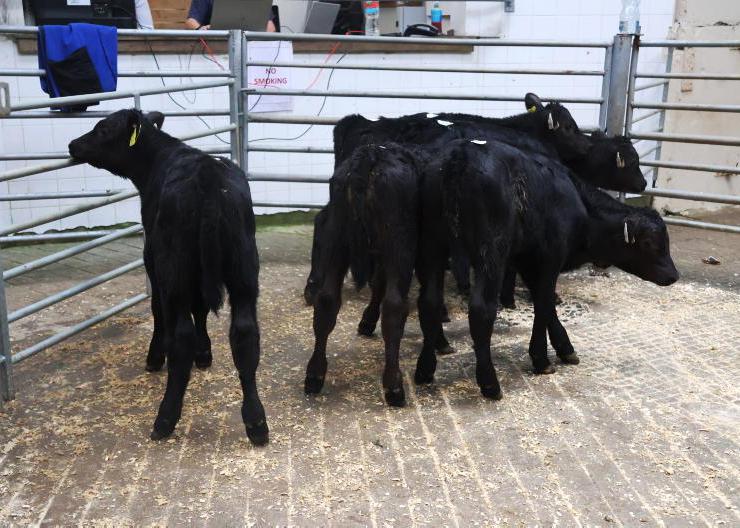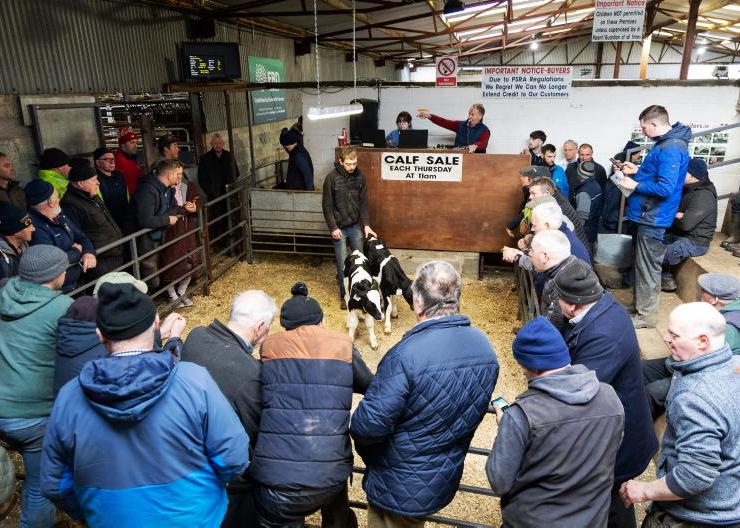Last autumn, things were looking quite bleak for winter finishers and dairy beef farmers who operate 24-month systems that see cattle finished out of the shed each spring.
The required beef price of between €5.80/kg and €6.20/kg just to come out covering costs seemed a great distance away.
However, it must be said that the market has responded this spring and the prices that were needed are within touching distance for some at least.
Bullocks are currently being quoted at between €5.20/kg and €5.25/kg base price. Adding in the 20c/kg in-spec bonus and a breed bonus for some will bring the beef price to €5.65/kg before grid adjustments.
It is hoped that this will continue to improve in the coming weeks as the demand for finished stock remains at a very high level.
24-month system
As we enter the final few weeks pre-slaughter, there should be one final push to maximise performance and the subsequent carcase weights achieved from these cattle.
Typically, once cattle are housed for the second and final winter, there is around 100kg to 120kg liveweight gain still to be put on.
To achieve this over a 120- to 150-day period will require a diet of good-quality silage (70 DMD+) alongside 5kg of meal.
Where silage quality is poorer – ie under 70DMD, the need for concentrate supplementation will be even greater.
Final push
Drafting cattle for slaughter should be done regularly. All animals in the batch are not going to be ready for slaughter on the one day.
It is always a good idea to draft a small number of cattle for the first kill, as this allows you to assess where the cattle are in terms of carcase fat score.
It also gives you a better indication of the grade and overall kill-out that you can expect from the batch.
Once you start to draft stock you will see others kick on a gear or two as shy feeders have more space and there is a greater feed availability/head with smaller numbers.
For this reason I would be slow to change the diet if you think some stock are not getting over the line. Remove those that are fit and reassess the situation in 10 days. You may be surprised by how well the remaining animals do over this period.
Fat score
Getting the fat score correct is really important to maximise the value of each animal. For the majority of processors, you need to hit a fat score of at least a 2+. This shouldn’t be an issue with early-maturing animals but continentals will need close attention.
Likewise, you do not want to go over-fat (ie into fat score 4) as doing so will result in a price penalty with many processors as well as the fact that a fat animal is no longer efficient and will be costing more to feed than it will be putting on in carcase weight.
Talk to your processor now rather than when you need cattle to be slaughtered. Have a discussion around specification and timing with them to ensure your cattle can be killed when they are ready.










SHARING OPTIONS